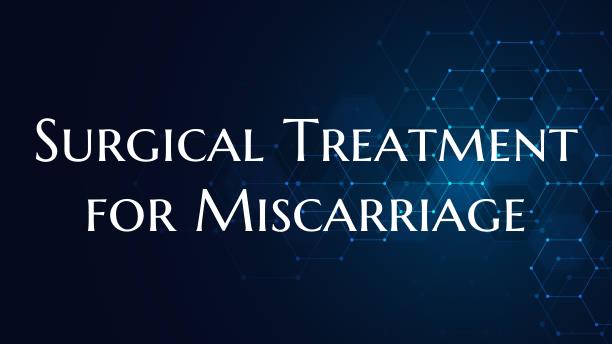
Surgical Treatment for Miscarriage
Miscarriage, also known as spontaneous abortion, is a traumatic event experienced by many women. When a miscarriage occurs, the remains of the pregnancy may need to be removed from the uterus to prevent complications, manage symptoms, and promote healing. In cases where the body does not expel all the pregnancy tissue naturally, surgical treatment may be necessary.
One common surgical procedure used to address incomplete miscarriage is a dilation and curettage (D&C). During a D&C, a healthcare provider dilates the cervix and then uses a curette to gently scrape the uterine lining, removing any remaining tissue. This procedure can help prevent infection and excessive bleeding while also providing closure for the woman both physically and emotionally.
Another option for surgical treatment of miscarriage is a dilation and evacuation (D&E) procedure. This approach is often used in later stages of pregnancy loss when the pregnancy tissue is more developed. Similar to a D&C, a D&E involves dilating the cervix, but instead of scraping the uterine lining, suction and forceps are used to remove the pregnancy tissue.
Surgical treatment for miscarriage is generally safe and effective, with most women able to resume normal activities within a few days. However, it is important for women to follow post-operative care instructions provided by their healthcare provider to reduce the risk of complications and promote healing.
In conclusion, surgical treatment for miscarriage can help manage the physical and emotional challenges that come with pregnancy loss. By working closely with healthcare providers and understanding the options available, women can navigate this difficult time with support and compassion.